QUALITATIVE AND QUANTITATIVE COMPOSITION
Each tablet contains sildenafil citrate, equivalent to 100 mg sildenafil. Excipient with known effect: Each tablet contains 122 mg of lactose (as monohydrate).
PHARMACEUTICAL FORM Tablets.
Round, biconvex blue tablets with a dividing line inlay in one side. Marble is allowed on the surface of the tablets.
CLINICAL DATA
Therapeutic indications
SP AGRA is indicated for adult men with erectile dysfunction who are unable to achieve or maintain a penile erection sufficient for satisfactory sexual intercourse.
For SP AGRA to be effective, sexual stimulation is required.
Dosage
Administration to adults
The recommended dose is 50 mg sildenafil administered approximately one hour before sexual activity. Depending on efficacy and tolerability, the dose may be increased to 100 mg sildenafil, or may be lowered to 25 mg sildenafil. The maximum recommended dose is 100 mg sildenafil. The maximum recommended intake frequency is once a day. If SP AGRA is taken during the meal, the effect is slower than when given as fast-food (see section 5.2).
Special patient groups
Elderly patients
No dose adjustment is required in elderly patients (≥ 65 years of age).
Patients with renal impairment
In patients with mild to moderate renal impairment (creatinine clearance = 30-80 ml / min), the same doses as those listed in the section “Adult Administration” are recommended.
Since clearance of sildenafil is low in patients with severe renal impairment (creatinine clearance <30 ml / min), a 25 mg dose should be considered. Depending on efficacy and tolerability, the dose may be increased gradually to 50 mg or 100 mg, if necessary.
Patients with hepatic impairment
Because sildenafil clearance is low in patients with hepatic impairment (for example cirrhosis), an initial dose of 25 mg sildenafil should be considered. Depending on efficacy and tolerability, the dose may be increased gradually to 50 mg sildenafil and up to 100 mg sildenafil, if necessary.
Children and adolescents
SP AGRA is not indicated in people under the age of 18 years.
Administration to patients treated with other medicines
With the exception of ritonavir, in which concomitant use of sildenafil is not recommended (see section 4.4), an initial dose of 25 mg sildenafil should be considered in patients using concomitant CYP3A4 inhibitors (see section 4.5).
To minimize the possibility of postural hypotension in patients treated with alpha-blockers, patients should be hemodinamically stabilized under alpha-blocker therapy before starting sildenafil treatment. In addition, initiation of treatment with sildenafil at a dose of 25 mg should be considered (see sections 4.4 and 4.5).
Administration method
For oral use
Contraindications
Hypersensitivity to the active substance or to any of the excipients listed in section 6.1. Consistent with the known effects of sildenafil on nitric oxide / cyclic guanosine monophosphate (GMPc) (see section 5.1), it has been shown to potentiate the hypotensive effects of nitrates and therefore concomitant administration of sildenafil with nitric oxide donors ( such as amyl nitrite) or any form of nitrate.
Medicines for the treatment of erectile dysfunction, including sildenafil, should not be administered to men in whom sexual activity is not indicated (for example patients with severe cardiovascular disorders such as unstable angina or severe heart failure).
SP AGRA is contraindicated in patients with ocular blindness due to non-arterial ischemic anterior neuropathy (NOAIN), whether or not this episode correlated with previous exposure to PDE5 inhibitors (see section 4.4).
The safety of sildenafil has not been studied in the following subgroups of patients and therefore its use is contraindicated in these cases: severe hepatic impairment, hypotension (blood pressure <90/50 mmHg), recent history of stroke or myocardial infarction, known retinal degenerative hereditary diseases such as pigmentary retinas (a small proportion of these patients present genetic disorders of retinal phosphodiesterases).
Preclinical safety data
Animal studies have not demonstrated the existence of a specific human hazard based on conventional studies of safety pharmacology, repeated dose administration, genotoxicity, carcinogenicity, reproductive toxicity and developmental toxicity.

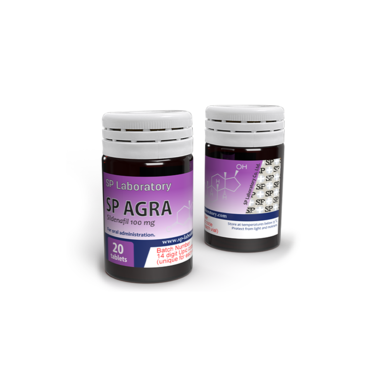
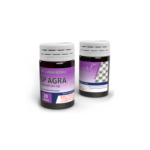
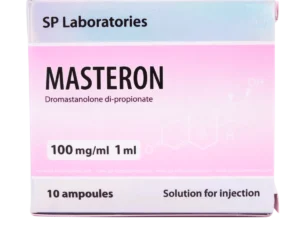
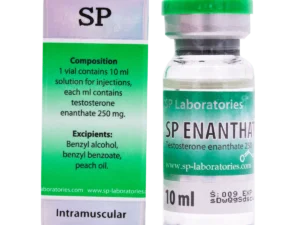
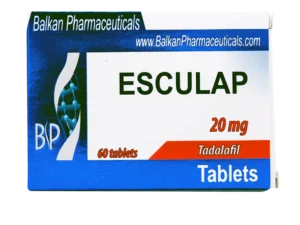
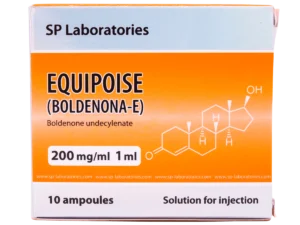
Reviews
There are no reviews yet.